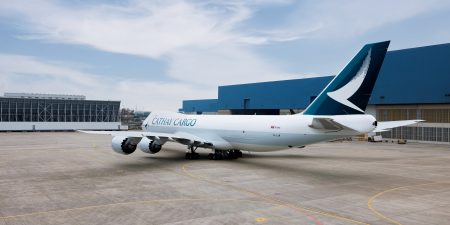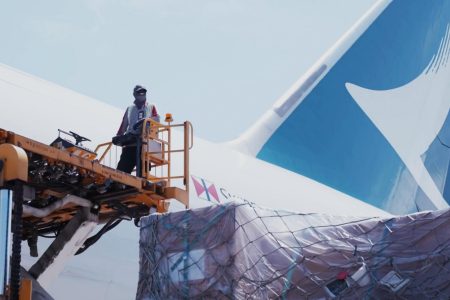Hong Kong regained its place as the number one international cargo hub in 2021 after a year’s hiatus caused by the pandemic, but it’s not a guaranteed title for 2022 either. As everyone is aware, quarantine restrictions on flight crew have not made Hong Kong the easiest place for flying during COVID, and that has particularly been the case this year.
Against a backdrop of the Omicron wave of infection in the city, and lockdowns across the border in the Chinese Mainland, there have been ongoing challenges for cargo capacity, while the changes in quarantine restrictions have severely affected the lives of Cathay Pacific’s flight crew.
But while we can all thank pilots for their efforts to keep the cargo flying, albeit with less capacity than everyone would like, a lot goes on in the background to ensure that any flying can happen at all.
Anita Lo is Acting Head of Cargo Network and Scheduling, and she has been in the thick of it, negotiating the constant changes to the shifting pandemic landscape. Take last November when, despite the capacity shortfall caused by grounded passenger aircraft, the Planning team produced schedules that saw Cathay Pacific’s freighters flying more than ever before. Combined with the cargo-only passenger (COP) flights and charters, this took cargo capacity to around 70 per cent compared to the same period in pre-pandemic 2019.
‘At that point, our freighter crew was basically not affected at all by quarantine restrictions. We actually had the most exemptions,’ says Lo. ‘But then, overnight, we were suddenly subject to the strictest quarantine policy that we’ve ever had.’
That was in January as the pandemic’s fifth wave, powered by the Omicron variant, hit Hong Kong. It led to a suspension of the flying programme while the Planning and Flight Operations teams went back to the digital drawing board to rethink how they could keep as much cargo flying as possible.


